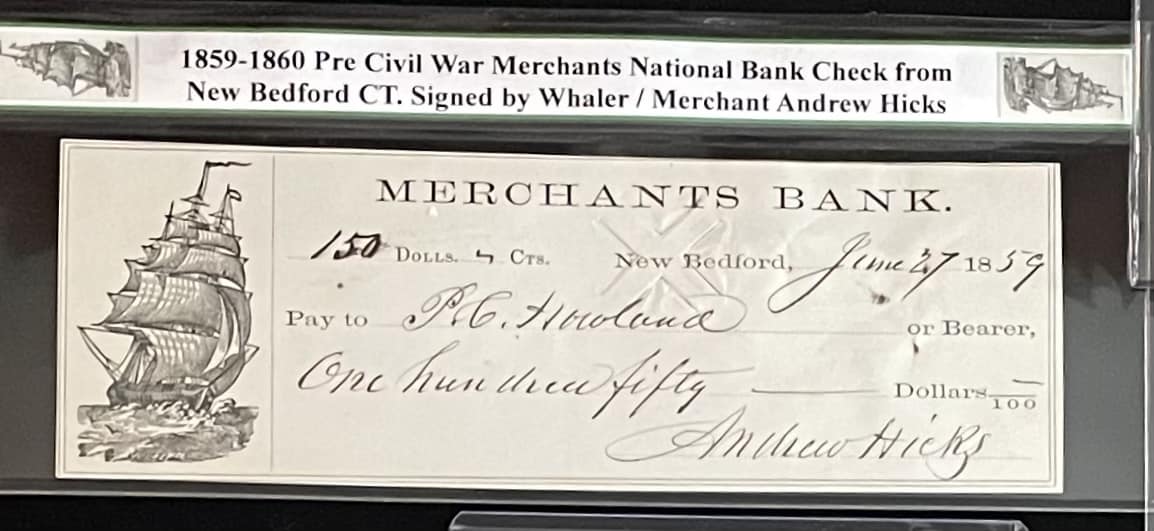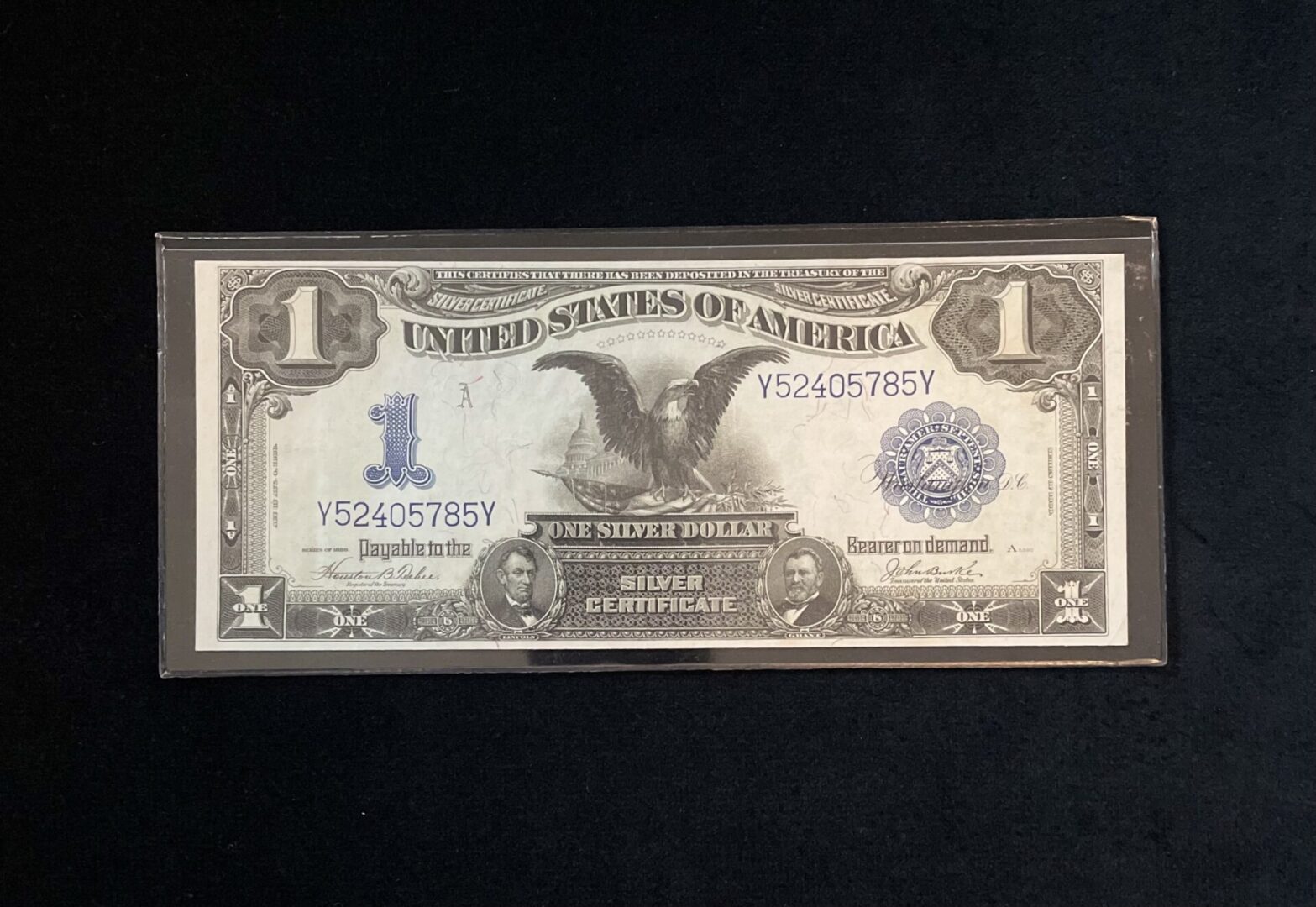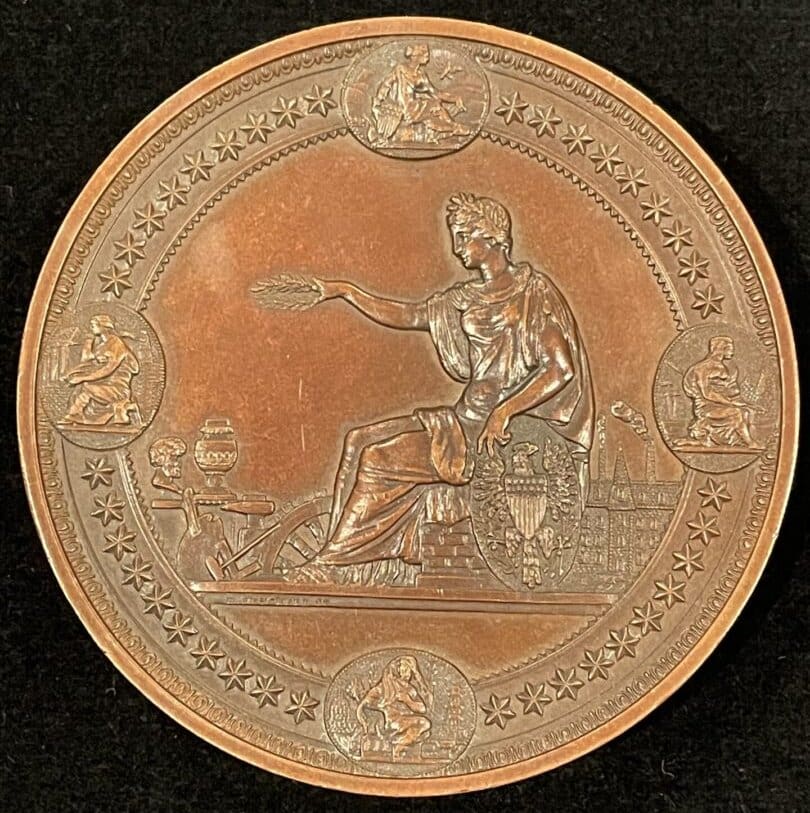Explore Numismatics and Its Subsets With My Numismania
Numismatics, a term often synonymous with coin collecting, is a broad field dedicated to the study or collection of currencies, including coins, paper money, and related objects. At My Numismania, I am passionate about numismatics and strive to help my audience understand and appreciate its beauty.


Diving Into Notaphily
Notaphily, a subset of numismatics, is the study or collection of paper money or banknotes. It is an equally fascinating field that piques the interest of collectors and historians alike. From the early Chinese 'Jiaozi' to the intricately designed modern banknotes, notaphily offers a diverse range of collectibles.

Exonumia: Beyond Coins and Paper Money
Exonumia, a lesser-known but equally exciting aspect of numismatics, refers to the collection of coin-like objects such as tokens, medals, or scrips that are not legal tender. These objects, often overlooked, provide insights into local history, commerce, and social trends of different eras.
Key Terms in Numismatics
To help you navigate through the world of numismatics, here are some key terms:
Coins:
- Obverse: The front side of a coin, commonly featuring a portrait, symbol or other design element, like a mint mark or date.
- Reverse: The back side of a coin, commonly featuring a design element, denomination, and composition.
- Edge: The outer border of a coin; common edges include plain, reeded, or lettered.
- Mint Mark: A small letter or symbol indicating the location where a coin was minted.
- Denomination: The face value of a coin or paper money.
- Grade: The condition of a coin, based on a scale from poor to Mint State.
Banknotes:
- Face: A note's front side, commonly featuring a portrait or other design element.
- Back: The reverse side of the note.
- Denomination: The face value of a note.
- Series Date: The year the series was authorized or first issued.
- Serial Number: Identifying number(s) on a note, used to track production.
- Vignette: Picture on a note that fades into the background rather than being framed by a border.
- Grade: The condition or state of preservation, based on a scale from poor to Gem Uncirculated.
